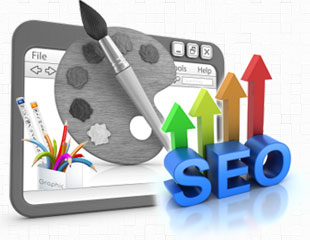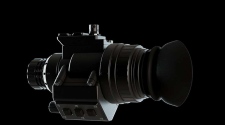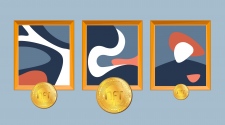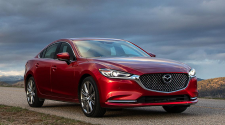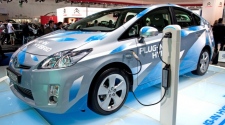Before we get to some website design best practices, perhaps we should start with defining our key element: SEO is the practice of improving visibility of a website in a search engine’s unpaid/ natural search results.
Basics: Site Structure, Keywords and URLs
URLs: this is what SEO is all about – use absolute links and avoid dynamic URLs wherever possible. Ensure that URLs are well constructed, in lowercase with multiple-word URLs separated by hyphens. Keep the folder and file URLs to three words maximum. Humans and search engine spiders read much more easily when the words are separated.
Examples:
“http://www.superhero-dogs.com/dog-diaries/Dear-Diary-20140721 – Good!”
“http://www.superherodogs.com/dogdiaries/Deardiary01 – Bah! Pass the magnifying glass!”
Keywords are crucial – construct your whole site around the right keywords, including the domain name, all URLs throughout the site, and file and image names. Each page should ideally include at least two paragraphs of descriptive text, dripping with keywords.
Getting Technical
- Avoid duplication of content.
- Getting things in order: title, text content and meta tags belong at the top, and scripts belong at the bottom.
- Keep your code clean: stay up-to-date with web standards. W3C – great tools/ standards to assist you.
- Speed of the site: do whatever you can to get your pages to load as quickly as possible. Google’s page speed tool comes in handy here.

Avoid Getting Too Fancy with Design
Now, before we all get very fancy and slap Flash content into every webpage, remember
- Search engines can’t access (“see”) Flash content.
- Flash doesn’t function on many mobile devices.
- Flash slows down page loading time immensely.
- Flash displaying correctly relies on users updating Flash player…
Never build your site such that the majority of a page or an entire page (GASP!) is made up of Flash content. Including small Flash elements on some of your pages is not an issue. For bigger impact items, better options include video, feeds from your social media platforms and HTML5. You’ll have happier users too, not waiting endlessly for “Flash content loading…” or some pretty picture that doesn’t supply them the information they require.
Images are a great way to split content and keep people interested, but can also divert interest from your topic… keep it topical and keep the design clean – avoid using images in the navigation and headers. Another way you can tell search engines what your site is about is by ensuring that you add descriptive alt tags to all images.
Build your site with the user in mind; not the marketing manager or the designer/ artist. Users generally have a specific question in mind. The way that users end up on your site depends on their needs. In designing and developing a truly great website, usability is vital and must balance well with some creative design and artistic inputs.
Conversions and Usability
It’s certain that your site visitors will end up there from sources other than your homepage. Usability testing is important and should be carried out wherever possible. Create landing pages coordinated with organic keywords referring traffic to the site. Short, sharp calls-to-action (CTAs) need to match the keywords/ landing page topics on individual URLs. The main aim of SEO is to improve your site’s search engine rankings and thereby generate conversions. On each page, CTAs need to stand out and beg for attention. CTAs hiding in the bushes in the content body will definitely not improve your conversion rate.
Web development may appear to be a maze where users go in, never to reappear. If you keep the above points in mind, and utilise the amazing tools at your disposal, you’ll soon have a house full of happy users sipping cocktails as they find the answers they require.


